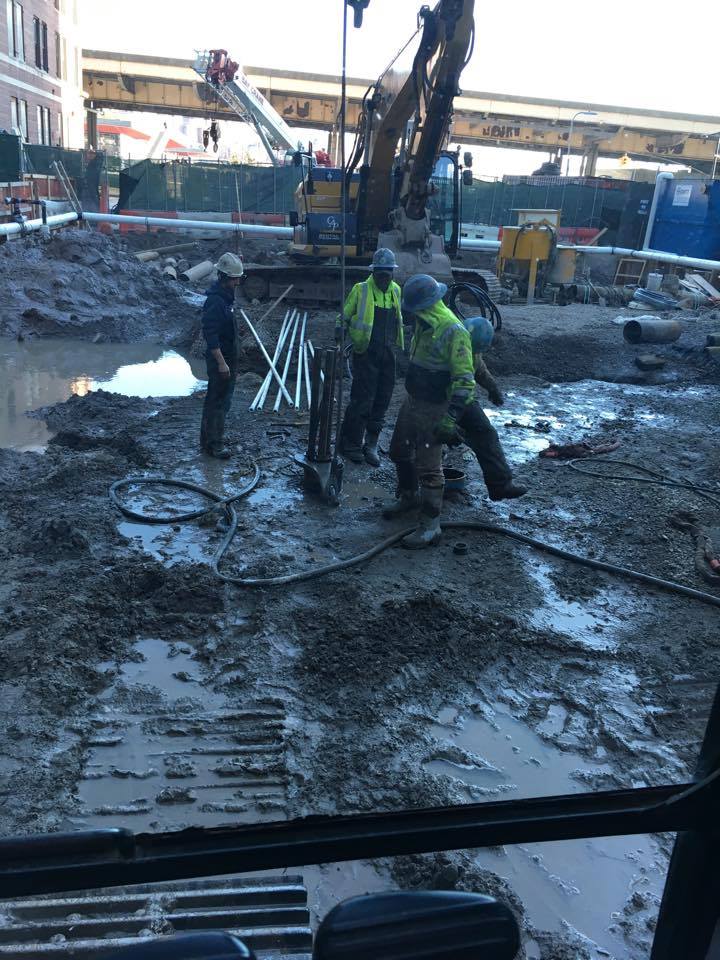Marine construction is an engineering marvel that combines innovation, resilience, and precision to conquer the challenges of building structures in ocean environments. The ever-evolving field of marine construction utilizes cutting-edge techniques to ensure the safety, durability, and environmental sustainability of projects ranging from offshore wind farms to underwater tunnels. These advancements are not only revolutionizing the industry but also pushing the boundaries of what is possible in marine engineering. One of the most groundbreaking techniques in marine construction is the use of advanced materials. Traditional materials like steel and concrete are being enhanced with new composites and polymers that offer superior strength and corrosion resistance. For example, fiber-reinforced polymer FRP composites are increasingly used for their high strength-to-weight ratio and excellent durability in harsh marine environments. These materials reduce the overall weight of structures, leading to easier transportation and installation, while also extending the lifespan of the projects by minimizing maintenance needs.
 In addition to advanced materials, digital technologies are transforming the way marine construction projects are planned and executed. Building Information Modeling BIM and Geographic Information Systems GIS are now integral parts of the design and construction process. BIM allows engineers to create detailed 3D models of structures, enabling precise planning and visualization of every aspect of the project before construction begins. This reduces the likelihood of errors and costly modifications during the build phase. GIS, on the other hand, provides critical spatial data that helps in selecting optimal sites for construction, taking into account environmental factors, seabed conditions, and potential risks. The advent of autonomous and remotely operated vehicles ROVs has also revolutionized underwater construction and inspection. These high-tech devices can perform tasks that are too dangerous or impractical for human divers, such as deep-sea welding, underwater surveying, and maintenance of offshore structures. Equipped with advanced sensors and cameras, ROVs provide real-time data and high-resolution imagery, contact us ensuring precise execution of underwater tasks and early detection of potential issues. This technology not only enhances safety but also significantly reduces the time and cost associated with underwater operations.
In addition to advanced materials, digital technologies are transforming the way marine construction projects are planned and executed. Building Information Modeling BIM and Geographic Information Systems GIS are now integral parts of the design and construction process. BIM allows engineers to create detailed 3D models of structures, enabling precise planning and visualization of every aspect of the project before construction begins. This reduces the likelihood of errors and costly modifications during the build phase. GIS, on the other hand, provides critical spatial data that helps in selecting optimal sites for construction, taking into account environmental factors, seabed conditions, and potential risks. The advent of autonomous and remotely operated vehicles ROVs has also revolutionized underwater construction and inspection. These high-tech devices can perform tasks that are too dangerous or impractical for human divers, such as deep-sea welding, underwater surveying, and maintenance of offshore structures. Equipped with advanced sensors and cameras, ROVs provide real-time data and high-resolution imagery, contact us ensuring precise execution of underwater tasks and early detection of potential issues. This technology not only enhances safety but also significantly reduces the time and cost associated with underwater operations.
Another significant advancement in marine construction is the development of modular construction techniques. Prefabricated modules are manufactured in controlled environments onshore and then transported to the construction site for assembly. This approach minimizes the impact of adverse weather conditions, which are a common challenge in marine environments, and ensures higher quality control. Modular construction also accelerates project timelines, as multiple modules can be built simultaneously and then quickly assembled on-site, reducing the overall duration of the construction phase. Environmental sustainability is a growing concern in marine construction, and new techniques are being developed to mitigate the ecological impact of these projects. For instance, the use of environmentally friendly construction methods and materials, such as biodegradable lubricants and eco-friendly concrete, helps reduce pollution. Moreover, innovative designs that incorporate artificial reefs or marine habitats into the structure can enhance local biodiversity and promote marine life.